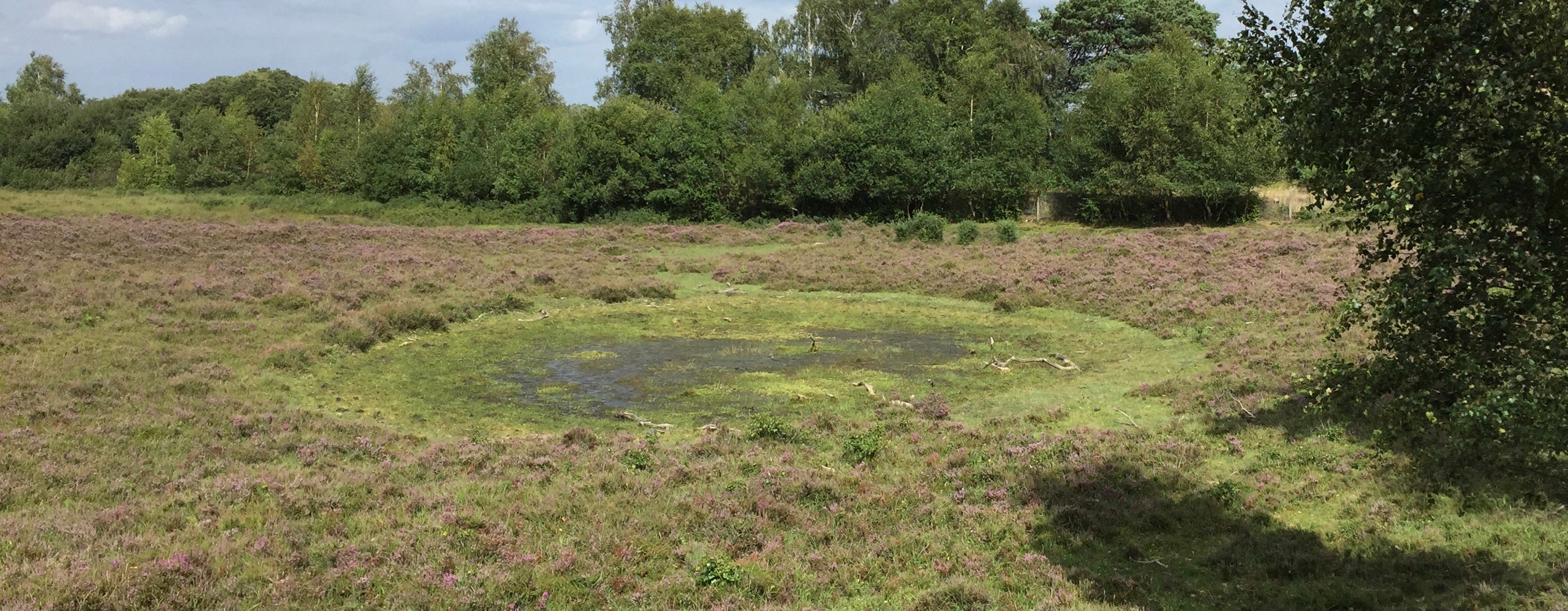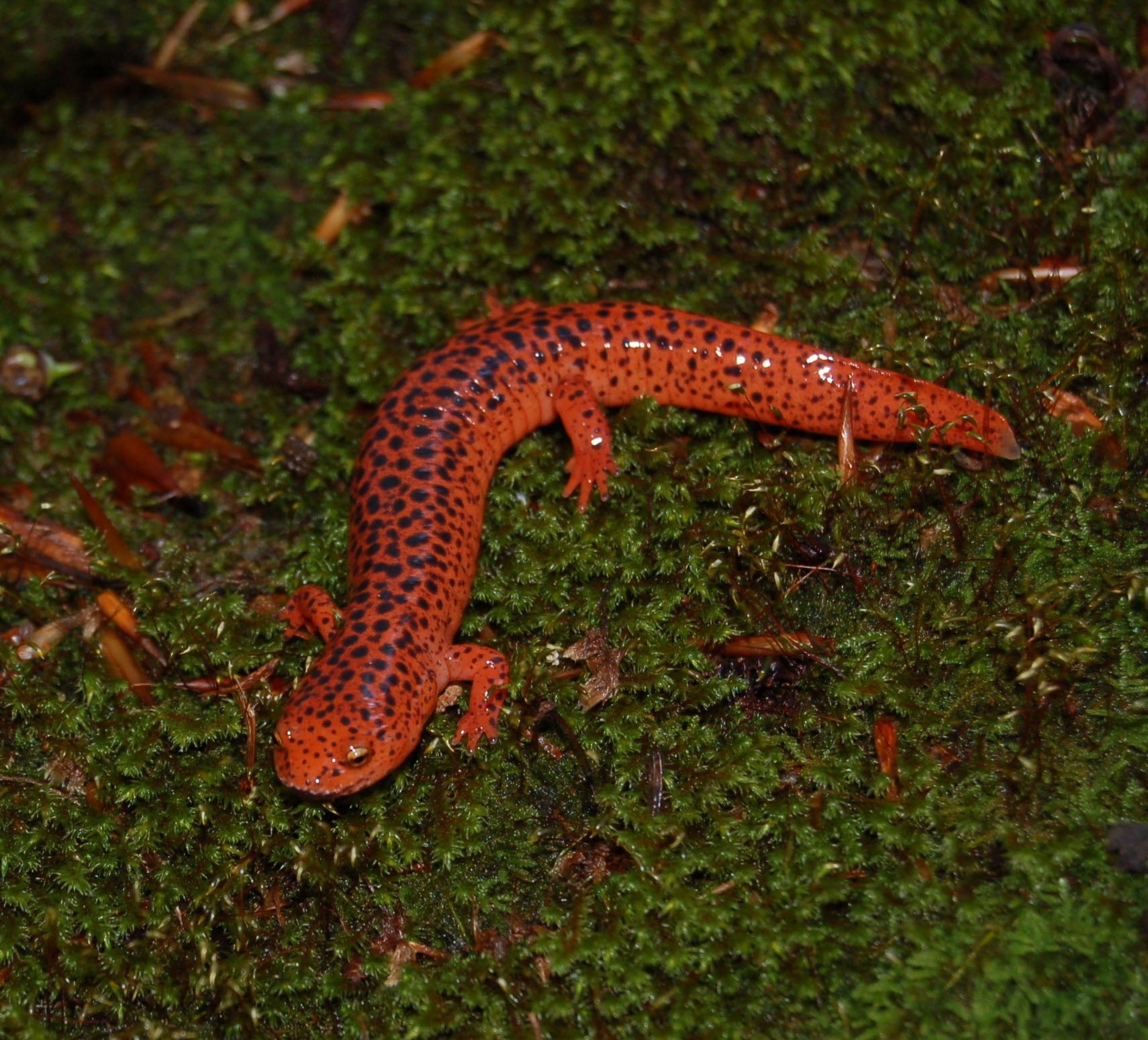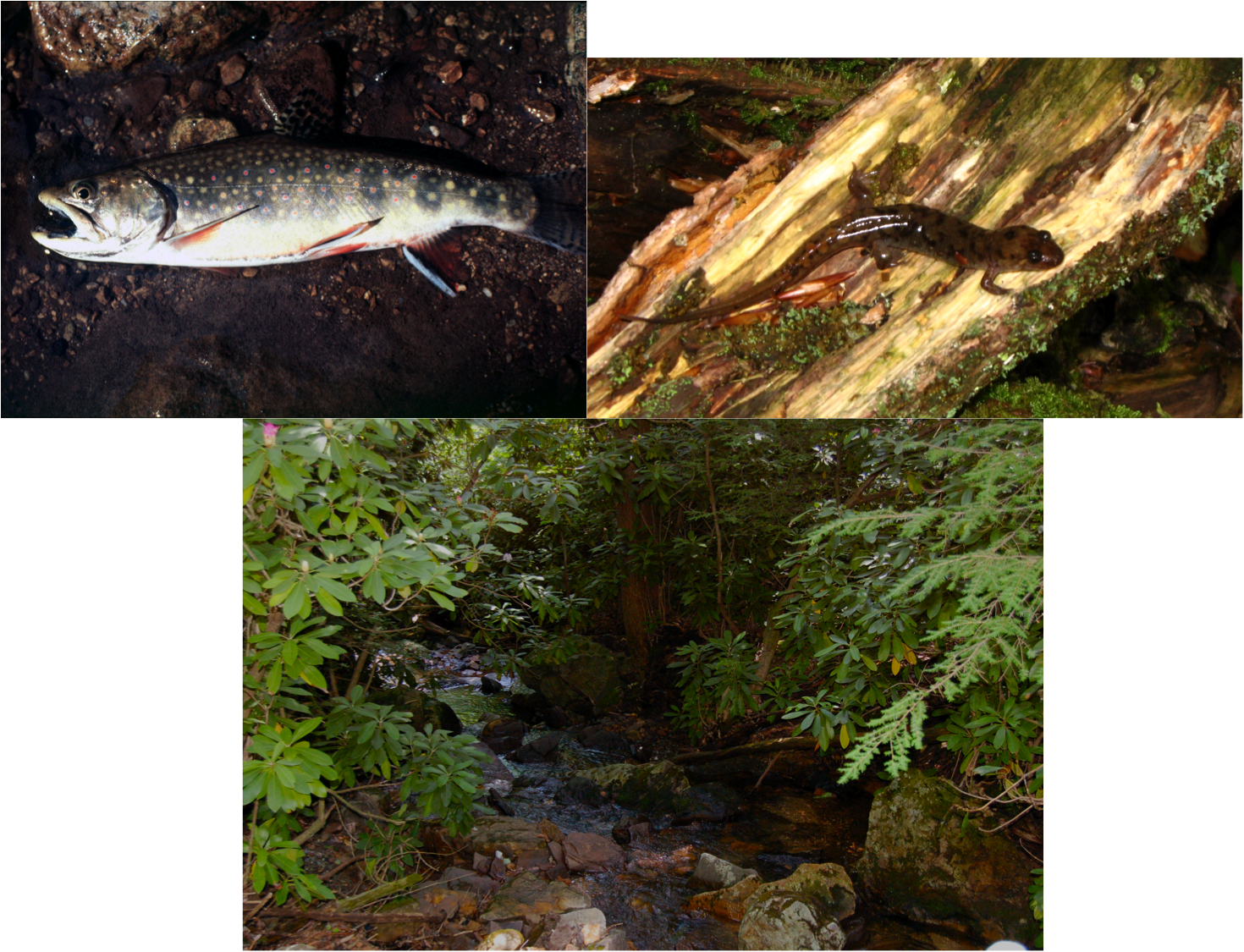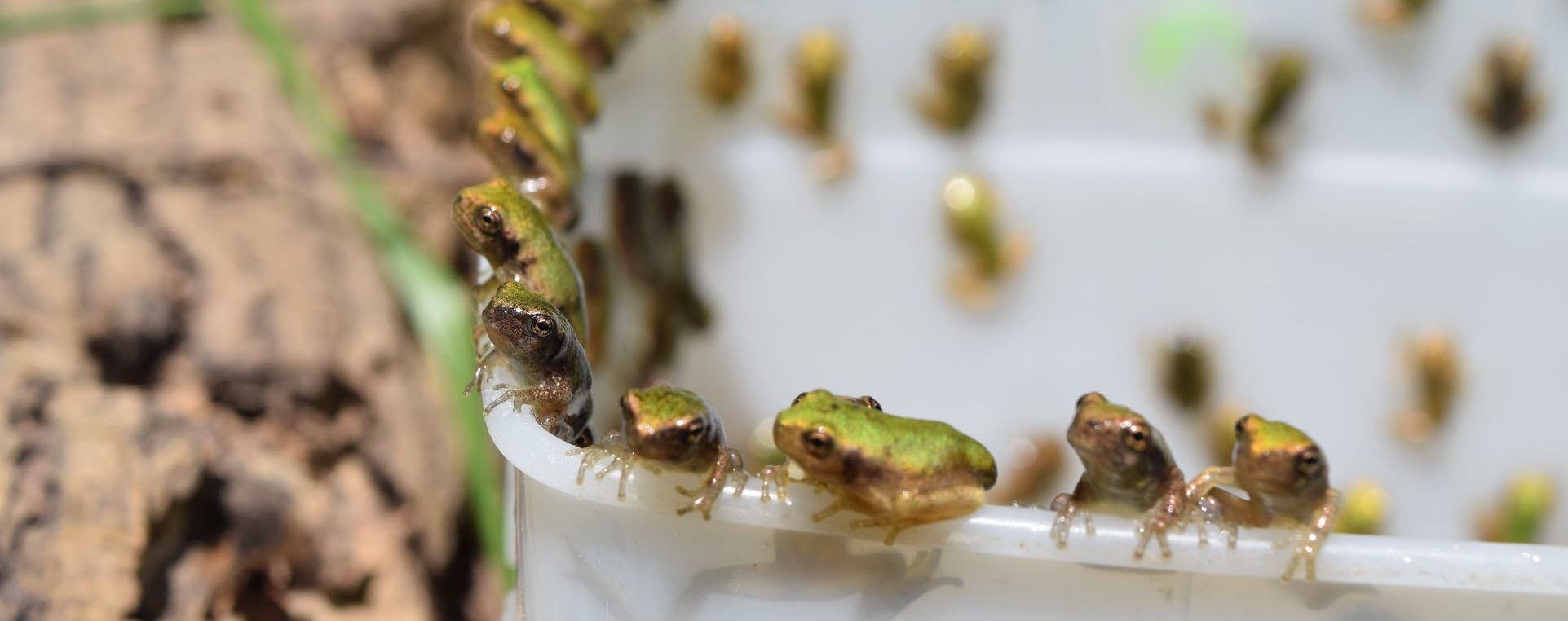
My primary research interest lies in uncovering the processes affecting the structure and dynamics of ecological communities. While my main focus is on understanding processes at the community level, I work at levels from the population to the metacommunity, and on a range of issues from the role of behavior in patterns of species distribution and diversity, to evolutionary aspects of community assembly, to understanding the dynamics of linked communities in complex landscapes (metacommunities). My belief is that the dynamics of communities cannot be disassociated from the underlying evolutionary and population processes, or from processes operating at larger scales, nor can the study of communities proceed without recognition of the role of changing land use, invasive species, and global climate change. I identify and briefly detail the three most active components of my research below.
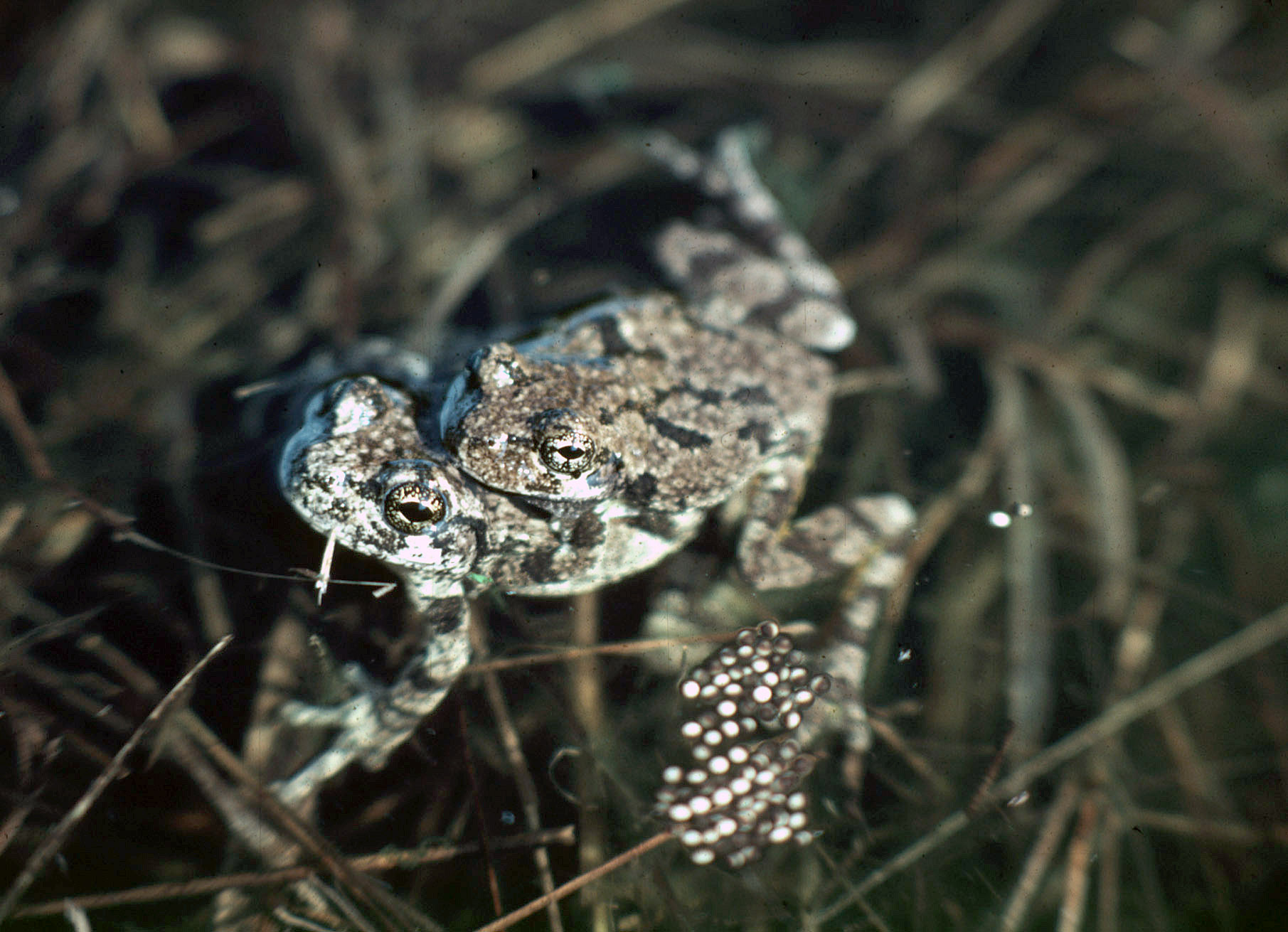
Habitat selection, species interactions, and spatial dynamics in complex landscapes: Implications for communities, metacommunities, and ecosystems.
The role of habitat selection in the assembly of natural communities has become an increasingly important theme in ecology. Recent documentation (much of it by our lab) that patterns of species distribution and abundance previously ascribed to differential mortality can be generated by behavior has greatly altered existing views of the dynamics of species interactions in the context of community assembly. At the same time, ecologists and conservation biologists are becoming increasingly aware that processes affecting communities do not stop at community boundaries and that issues of scale, in particular the interactions among processes operating at different scales, are of critical importance to understanding the dynamics of natural communities and assembled metacommunities. Consideration of dispersal, and in particular the life history dynamics underlying dispersal, is critical to any such discussion. Island biogeographic, metapopulation, and emerging metacommunity theories all focus largely on random or uniform dispersal, with the salient characteristics of a patch or locality being size and distance from a source of colonists. However, a large body of empirical work has identified variation in habitat quality as a critical factor in immigration/colonization dynamics, placing habitat selection theory at odds with theories in which dispersal is "quality blind." Habitat quality can be determined by any number of factors, but the distribution of potentially interacting species is of particular interest. Species turnover, changes in local species composition across time and space, has been identified as a critical feature determining variation in trophic structure across complex landscapes. If habitat selection functions at the scale of, and in response to, such species turnover, it can be a primary factor generating variation in trophic/community structure and species composition at the local scale, while operating largely among communities at the regional (metacommunity) scale. Further, by generating positive and negative covariances among species distributions, habitat selection in response to interacting species has the potential to link processes across multiple scales and greatly alter the dynamics of communities and metacommunities as predicted under a random dispersal paradigm. Habitat selection functions largely via behavioral redistribution of individuals rather than via differential mortality, and a large component of the aquatic fauna have complex life cycles involving a terrestrial stage. Thus, we are also interested in the implications of habitat selection for the transport of individuals and energy across the aquatic-terrestial ecosystem boundary, as well as between discrete aquatic habitats, so-called "spatial subsidies." Our research has focused on examining the responses of colonizing/ovipositing species to a broad array of environmental factors in aquatic habitats, including species composition, and on the community- and metacommunity-level consequences of habitat selection behavior. Current research focuses specifically on how habitat selection affects linkages among aquatic communities, as well as between aquatic and terrestrial habitats, in complex landscapes. It also involves modeling and experimentation examining the consequences of life history variation and habitat selection behavior for the dynamics of complex systems linked by habitat selection, and the contrast to linkages generated by random dispersal or philopatry.
Biochemical, behavioral and community dynamics of generalized chemical camouflage in pirate perch, Aphredoderus sayanus
Crypsis occupies a central role in the arsenals of both predators and prey, and invokes visions of organisms possessing specific characteristics or altering their shape, color or behavior to blend into the visual background. However, many organisms use modalities other than vision. Chemical communication is particularly important in aquatic systems, and chemicals cues are used by a broad array of colonizing organisms to recognize and avoid risky habitats. We have identified a single fish species, the enigmatic pirate perch, Aphredoderus sayanus, that is not recognized by organisms as diverse as treefrogs and aquatic beetles, and appears to be chemically camouflaged. The idea that a generalist predator could use chemical camouflage against a suite of prey ranging from insects to amphibians - in a manner precisely analogous to visual camouflage – should change how we think about predator-prey interactions and the potential weapons brought to bear in the predator-prey arms race. Over the last couple of decades, work in several labs has demonstrated that organisms not known for their olfactory prowess, like treefrogs, are extraordinarily sensitive to the chemical cues produced by (most) fish. This sensitivity is, in fact, found in a very broad array of organisms, who then make colonization and/or reproductive decisions accordingly, some even choosing fish habitats. The idea that a species could circumvent a dominant prey survival strategy that targets what appears to be a basic physiological characteristic of, at least, the freshwater members of an entire taxonomic Class, Osteichthyes, save one or a few species, is rather remarkable. We are currently working on the identification of the kairomones used by colonizing organisms to identify habitats containing fish, and isolating the differences in the chemical signal of A. sayanus that underly chemical crypsis. Pirate perch provide a unique advantage in this endeavor by providing a previously unavailable control. Documenting the mechanism of chemical crypsis, however, is only a small part of the story. A recent review of crypsis in all its potential forms emphasizes the absence of any solid examples of chemically based crypsis, but also suggests that the phenomenon is likely widespread. Determining the possible adaptive significance of this character (or suite of characters) for predators, its phylogenetic distribution, and how it effects the distribution and abundance of prey organisms, comprises a compelling and potentially transformative set of endeavors that promises to change how we think about cues in the ecological landscape, and informs (and generates) a variety of questions in behavior, ecology, evolution, phylogeny, physiology, and evolution. A fascinating possibility is that this character (or suite of characters) may be shared with the Amblyopsid cavefish, closest phylogenetic relatives of A. sayanus. This would suggest the origin of chemical crypsis in an environment where chemical cues and motion are paramount in importance, and provide a window into the evolution of chemical crypsis. The existence of a generalized form of chemical crypsis provides a unique view into the interface between evolutionary processes and the ecological dynamics of species interactions, and rather than being an idiosyncratic feature of a single species (A. sayanus), or a limited group of seemingly specialized organisms (Amblyopsid cavefish), is potentially as widespread a phenomenon as visual crypsis.
Species diversity, community structure, and ecosystem function in lentic systems
Understanding the factors that control the abundance and distribution of species is a central goal of ecology. One component of that goal is identifying the processes that maintain species diversity, a pursuit with important ramifications for conservation because of the links between diversity and various measures of ecosystem function. Our long-term goal is to provide a thorough understanding of the factors responsible for generating and maintaining characteristic patterns of species diversity along gradients from emphemeral to permanent ponds in the Southeastern Coastal Plain, knowledge that can be applied to understanding factors underlying species diversity and its functions in a variety of natural systems. Work to date has focused on understanding the role of variation in competition, predation, and disturbance, particularly focusing on variation in hydroperiod, in determining patterns of diversity in natural and manmade systems. This work is at the interface between basic and applied research in this area and has myriad implications for management of forest habitats and their embedded wetlands. We have also examined the idea of ecological equivalence among species that occupy similar trophic positions, specifically in the context of the ecological insurance hypothesis. We have compared the effect of a variety of different top predators (fish and salamander species) on their prey in pond food webs and found that the assumption of ecological equivalence is often not valid, even for morphologically similar species in the same genus. Thus, relationships between diversity and ecosystem function may derive not from functional redundancy, but from functional diversity and emergent properties of communities. Given recent insights into the role of spatial and temporal species turnover in generating variation at the landscape level, this is a critical distinction. The ecological dissimilarity we documented provides insights into issues relating to the maintenance of species diversity, food web theory, species evolution, and the loss of biodiversity. It also has implications for how we manage species to promote/preserve diversity. The next phase of this project involves a hierarchical examination of the role of diversity in generating variation in measures of community/ecosystem function in temporary pond systems.
Species packing and community structure in multi-species ensembles
I have been working for many years on the complex interactions among various species of salamanders and brook trout in Southern Appalachian streams, and among benthic stream fish in both the Southern Appalachians and Missouri Ozarks. The most recent component of this work is a large comparative/experimental project using streamside salamanders in the genus Desmognathus as a model system to examine the role of character displacement in the assembly of speciose ensembles. The prevailing view of how communities are assembled is rooted in the idea that only under extraordinary circumstances do similar species pack into communities; more typically communities contain distributions of species that assort along morphological axes correlated with exploitation of limiting resources. However, if species’ morphologies change in response to the local competitive landscape, more species can coexist, increasing overall local diversity and, perhaps, generating new biological forms. Because of its potential for the alteration of existing forms and the potential for generating new ones, character displacement is one of the most important, and perhaps the least understood, ecological and evolutionary consequence of competition. In particular, character displacement has usually been studied only in the context of species pairs, and often in depauperate island faunas; its potential as a mechanism of enhancing local and regional diversity at the landscape level has not been thoroughly explored. The goal of our work is to advance the understanding of character displacement in several distinct areas, most notably by studying ensemble-wide rather than pairwise character displacement, specifically addressing predictions related to sexual dimorphism, exploring the role of phenotypic plasticity in generating ecological displacement, and examining character displacement in the context of intraguild predation. We are also developing theory incorporating intraguild predation into the dynamics of character displacement and plan to examine the consequences of phenotypic plasticity as an alternative mechanism for generating ecological displacement within multispecies ensembles.
